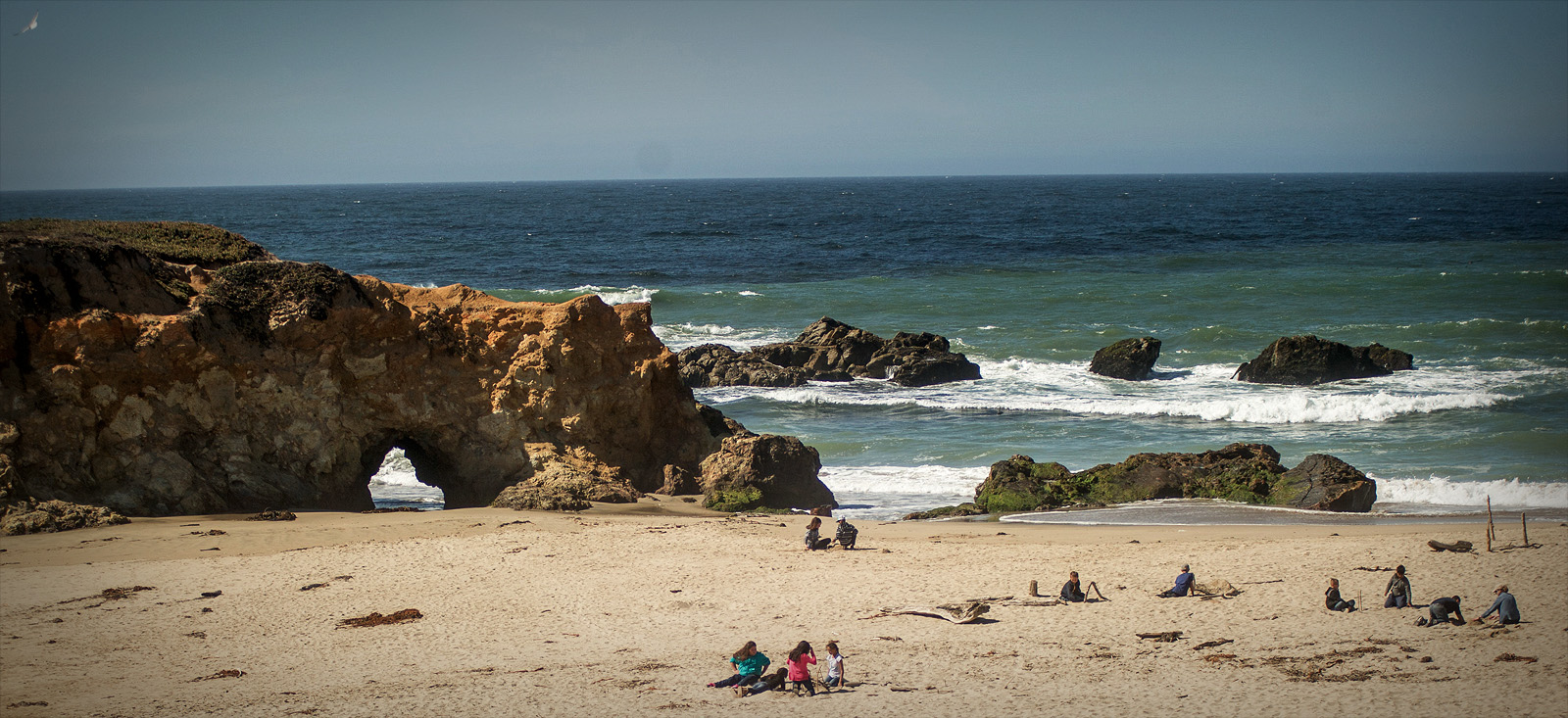Retired Military Travel Club: This initiative aims to provide unique travel experiences tailored to the specific needs and preferences of military retirees. Understanding the unique challenges and desires of this demographic—from budget considerations to a desire for camaraderie and adventure—is crucial in developing a successful and fulfilling travel program. This exploration delves into the creation of a thriving travel club, addressing everything from competitive analysis and value proposition design to community building and sustainable financial strategies.
We will examine the competitive landscape, analyzing successful models and identifying opportunities for differentiation. Key elements like crafting a compelling value proposition, designing service offerings, and developing a robust marketing and outreach strategy will be thoroughly discussed. The importance of building a strong sense of community among members, leveraging technology effectively, and ensuring legal and regulatory compliance will also be highlighted.
Community Building and Engagement
Building a strong sense of community is paramount for the success of our retired military travel club. A vibrant community fosters lasting friendships, encourages participation, and enhances the overall travel experience for all members. Active engagement ensures members feel valued and connected, leading to increased loyalty and a thriving club atmosphere.
A multifaceted approach is necessary to cultivate a strong sense of camaraderie and shared experience amongst our members. This involves implementing various strategies to facilitate interaction, creating opportunities for shared experiences, and organizing exclusive events that cater to the unique interests and needs of our retired military personnel.
Member Interaction Strategies
Effective communication and interaction are fundamental to building a strong community. We will achieve this through several key strategies. First, we will create a dedicated online forum or social media group where members can connect, share travel tips, photos, and experiences. This platform will facilitate discussions on upcoming trips, offer advice on destinations, and allow members to arrange travel companions. Second, regular newsletters will keep members informed about club activities, upcoming events, and member spotlights. This personalized approach will help members feel valued and part of a larger group. Finally, we will organize virtual meetups and online Q&A sessions with travel experts, providing members with opportunities to engage with each other and gain valuable insights.
Shared Experiences and Activities
Creating opportunities for shared experiences is crucial for strengthening bonds within the club. We can achieve this by organizing group trips to various destinations, tailored to different interests and budgets. For example, a historical tour of significant military sites could appeal to many members, while a more adventurous expedition might attract a different segment. Additionally, we can organize pre-trip meetups for members travelling to the same destination, allowing them to connect before their adventure. This helps foster a sense of shared anticipation and camaraderie from the outset. We will also encourage members to share their travel stories and experiences through blog posts or presentations during club events.
Exclusive Member Events
Exclusive events are a fantastic way to foster a stronger sense of community and provide members with unique experiences. We will organize annual gatherings, perhaps at a location with special significance to military history or in a location chosen by a member vote. These gatherings will include social events, informative presentations, and opportunities for members to connect with each other in a relaxed and enjoyable setting. We could also organize smaller, more focused events such as wine tasting evenings, cooking classes, or even volunteering opportunities at veteran-related charities. These specialized events cater to a wider range of interests and create opportunities for members to bond over shared passions outside of travel.
Technology and Infrastructure
Effective technology and infrastructure are crucial for a successful retired military travel club. A robust system will streamline operations, enhance member experience, and ensure secure data handling. This section outlines the necessary technological components and associated security measures.
The core infrastructure requires a user-friendly website, a secure online booking system integrated with the website, and a reliable communication platform. These tools will allow members to easily access information, book trips, and communicate with club administrators. Furthermore, a secure database is essential for storing member information and trip details.
Website Development and Functionality
The club website should be intuitive and accessible across various devices (desktops, tablets, and smartphones). Key features include a member login portal, an online booking system with trip details and availability, a forum or discussion board for member interaction, a news and updates section, and contact information for club administrators. The website should be designed with a clean, modern aesthetic, reflecting the professionalism and trustworthiness of the organization. Examples of successful travel club websites could be reviewed to identify best practices for design and functionality. Consider using a Content Management System (CMS) like WordPress for ease of updates and maintenance.
Online Booking System Integration
A seamless online booking system is essential for efficient trip management. This system should integrate directly with the club website, allowing members to browse available trips, view details, and make reservations online. The system should handle payments securely, manage bookings, and generate reports for administrators. Popular travel booking platforms often offer APIs that can be integrated into a custom website, providing a robust and feature-rich booking experience. Integration with a payment gateway like Stripe or PayPal is crucial for secure online transactions.
Data Security Measures
Protecting member data is paramount. The club must implement robust security measures to prevent unauthorized access, use, disclosure, disruption, modification, or destruction of information. This includes using secure servers with SSL certificates, implementing strong password policies, regularly backing up data, and employing firewalls and intrusion detection systems. Compliance with relevant data privacy regulations, such as GDPR or CCPA, is essential. Regular security audits and penetration testing should be conducted to identify and address vulnerabilities. Member data should be encrypted both in transit and at rest.
Technological Maintenance and Updates
A plan for ongoing maintenance and updates is vital for ensuring the long-term functionality and security of the club’s technological resources. This includes regular software updates, security patches, website backups, and routine system checks. The club should allocate a budget for these activities and consider outsourcing some aspects of maintenance to specialized IT providers. A proactive approach to maintenance minimizes the risk of system failures and data breaches, ensuring a positive and reliable experience for club members. A schedule for updates and maintenance should be established and adhered to, with documentation of all activities.
Financial Projections and Sustainability
Ensuring the long-term viability of our retired military travel club requires a robust financial plan encompassing projected income, expenses, and sustainable funding strategies. This section details projected financial performance for the first three years, identifies potential funding sources, and outlines a long-term sustainability plan.
Projected Income Statement and Cash Flow Analysis (Years 1-3)
This analysis projects the club’s financial health over its initial three years of operation, considering both income generation and expenditure. We will utilize a conservative approach, acknowledging the inherent uncertainties in a new venture. Assumptions made include moderate membership growth, competitive pricing, and effective cost management. The following tables illustrate the projected income statement and cash flow.
| Year | Revenue (Membership Fees + Other Income) | Expenses (Operational Costs + Marketing + Administration) | Net Income |
|---|---|---|---|
| 1 | $50,000 | $30,000 | $20,000 |
| 2 | $75,000 | $40,000 | $35,000 |
| 3 | $100,000 | $50,000 | $50,000 |
| Year | Cash Inflow (Membership Fees + Other Income) | Cash Outflow (Expenses + Investments) | Net Cash Flow |
|---|---|---|---|
| 1 | $50,000 | $35,000 | $15,000 |
| 2 | $75,000 | $45,000 | $30,000 |
| 3 | $100,000 | $55,000 | $45,000 |
These projections are based on a membership fee structure of $X per year, supplemented by potential income from partnerships with travel agencies and sponsorships. Operational costs include website maintenance, administrative salaries, and travel planning resources.
Potential Funding Sources and Investment Opportunities
Securing sufficient funding is crucial for the club’s launch and continued operation. Several avenues can be explored to achieve this.
The club can explore securing funding through:
- Membership Fees: The primary source of income, structured to be affordable yet sustainable.
- Grants: Applications to foundations supporting veterans’ organizations or community initiatives.
- Sponsorships: Partnerships with travel-related businesses offering discounts or promotional opportunities in exchange for financial support.
- Small Business Loans: Loans specifically designed for small businesses, potentially offering favorable terms.
Long-Term Sustainability Plan
Maintaining the club’s financial health requires a proactive, long-term strategy.
Key elements of this plan include:
- Diversification of Income Streams: Exploring additional revenue avenues beyond membership fees, such as affiliate marketing or selling travel-related merchandise.
- Cost Control Measures: Regular review and optimization of operational expenses to ensure efficiency.
- Membership Growth Strategy: Active recruitment and retention strategies to maintain a strong and growing membership base.
- Reserve Fund: Establishing a financial reserve to cover unexpected expenses or periods of lower income.
- Regular Financial Reviews: Conducting periodic financial reviews to assess performance and adjust strategies as needed.
Legal and Regulatory Compliance
Operating a travel club for retired military personnel requires careful consideration of various legal and regulatory frameworks to ensure smooth operations and avoid potential liabilities. This section outlines key legal aspects and a proactive compliance plan.
Legal and regulatory requirements vary significantly depending on the club’s structure (e.g., non-profit, for-profit, LLC), location, and activities. Key areas of concern include consumer protection laws, data privacy regulations, travel-specific regulations, and tax compliance. A comprehensive understanding and adherence to these regulations are crucial for the club’s long-term success and to protect its members and officers from potential legal challenges.
Applicable Laws and Regulations
The club must comply with all federal, state, and local laws governing its operations. This includes, but is not limited to, consumer protection laws (such as those concerning advertising, pricing, and contract terms), data privacy regulations (like GDPR or CCPA, depending on the location and members’ data), and any specific regulations related to the travel industry, including those concerning travel agencies, tour operators, and transportation. Tax laws, both at the federal and state levels, are also critical, particularly regarding the club’s financial structure and any potential tax-exempt status. Failure to comply with these regulations can result in fines, legal action, and reputational damage.
Compliance Plan
A comprehensive compliance plan should be developed and implemented. This plan should detail the specific laws and regulations applicable to the club, assign responsibility for compliance to specific individuals or committees, and establish procedures for monitoring compliance and addressing any identified violations. Regular training for club officers and volunteers on relevant legal and regulatory requirements is essential. The plan should also include mechanisms for regularly reviewing and updating the plan to reflect changes in legislation and best practices. This might involve engaging legal counsel specializing in travel and non-profit law (depending on the club’s structure). Maintaining meticulous records of all transactions, contracts, and member communications is crucial for demonstrating compliance.
Liability Issues and Risk Mitigation
Potential liability issues can arise from various aspects of the club’s operations, including accidents during travel, inadequate insurance coverage, breaches of contract, and data security incidents. Risk mitigation strategies should include obtaining adequate liability insurance, drafting clear and comprehensive contracts with vendors and members, establishing robust data security protocols, and implementing thorough vetting procedures for travel providers. Regular reviews of insurance policies and contracts are also vital to ensure ongoing adequacy and compliance. Developing and disseminating clear terms and conditions for membership and travel arrangements to members is also crucial for minimizing potential disputes. A well-defined process for handling complaints and disputes should be in place.
Visual Identity and Branding
Establishing a strong visual identity is crucial for attracting members and building brand recognition for our retired military travel club. A well-defined brand will communicate the club’s values and resonate with its target audience, fostering a sense of community and shared experience. This section outlines the proposed brand name, logo, and overall visual aesthetic.
A compelling visual identity will be key to attracting members and establishing the club’s brand in the competitive travel market. This will involve carefully selecting a name and logo that reflect the club’s unique attributes, and creating a consistent visual style across all marketing materials.
Brand Name and Logo
The proposed brand name is “Pathfinders Travel Club.” This name evokes a sense of adventure, exploration, and the pioneering spirit often associated with military service. The logo will feature a stylized compass rose, incorporating elements suggestive of military insignia (perhaps subtly incorporating a star or chevron) to subtly link the brand to its members’ shared background, while maintaining a modern and approachable aesthetic. The compass rose symbolizes guidance, exploration, and the journey of discovery inherent in travel. The color palette will consist of deep blues (representing stability and trust), muted greens (representing nature and relaxation), and a touch of gold (representing achievement and prestige).
Visual Identity and Brand Aesthetic
The overall visual identity will be sophisticated yet approachable, reflecting both the prestige associated with military service and the relaxed enjoyment of travel. The brand will project a sense of camaraderie, adventure, and relaxation, emphasizing the shared experiences and bonds among members. The style will avoid being overly militaristic, instead opting for a clean, modern design with high-quality photography and typography. The website and marketing materials will be user-friendly and easily navigable, reflecting a commitment to providing a seamless and enjoyable member experience.
Imagery for Marketing Materials
Appropriate imagery is vital in conveying the club’s brand message and attracting potential members. The photographs and illustrations used in marketing materials should evoke feelings of camaraderie, adventure, and relaxation, reflecting the diverse travel experiences offered by the club.
The following bullet points detail the types of imagery to be used:
- Scenes of camaraderie: Photographs depicting members laughing and sharing stories together during group tours, perhaps enjoying a meal or drinks in a scenic location. The focus should be on genuine human connection and shared enjoyment.
- Adventure imagery: Stunning landscapes showcasing the diverse destinations offered by the club, from majestic mountains and pristine beaches to bustling cityscapes. These images should emphasize the thrill of exploration and discovery, showcasing activities such as hiking, sightseeing, and cultural immersion.
- Relaxation and rejuvenation: Images depicting members relaxing and unwinding in tranquil settings, such as a spa, a quiet beach, or a comfortable hotel room. These images should convey a sense of peace and tranquility, emphasizing the restorative benefits of travel.
- Subtle incorporation of military themes: While avoiding overt militarism, subtle nods to military heritage can be incorporated. This could include a background element showing a subtly blurred military flag in a scenic location, or a photograph of a member wearing a Pathfinders Travel Club branded item while enjoying a destination. This reinforces the shared background of the membership without dominating the image.
End of Discussion
Establishing a successful Retired Military Travel Club requires a multifaceted approach that combines a deep understanding of the target audience with strategic planning and execution. By carefully considering the competitive landscape, crafting a compelling value proposition, fostering a strong sense of community, and ensuring financial sustainability, this venture holds the potential to provide enriching travel experiences for military retirees while also offering a rewarding business opportunity. The key to success lies in creating a club that not only meets the practical needs of its members but also nurtures their shared experiences and fosters a lasting sense of camaraderie.




